Objectives of the service

BeeSentry addresses the critical issue of Varroa mite infestations threatening bee colonies. The service integrates IoT sensors, satellite imagery, and AI to provide real-time hive health data and alerts for early Varroa detection. By offering continuous monitoring and predictive insights, BeeSentry helps beekeepers reduce chemical use and protect their bees. The project's objective is to create a comprehensive monitoring system to support sustainable beekeeping and improve honey quality through non-chemical Varroa control.
Users and their needs
User Communities Targeted:
-
Individual Beekeepers (Poland, EU)
-
Needs:
-
Efficient hive monitoring and maintenance
-
Early detection of Varroa mite infestations
-
Reduced reliance on chemical treatments
-
Lack of real-time data on hive health
-
-
Challenges:
-
Manual inspections are time-consuming and stressful for bees
-
High costs of chemical treatments
-
Lack of real-time data on hive health
-
-
-
Hive Manufacturers (Poland, EU)
-
Needs:
-
Integration of advanced monitoring solutions in hives
-
Affordable and user-friendly products
-
Innovation to attract and retain customers
-
-
Challenges:
-
High costs and complexity of existing monitoring tools
-
Market demand for reliable and efficient solutions
-
-
-
Manufacturers and Distributors of Bee Medicines and Supplements (Poland, EU)
-
Needs:
-
Effective advertising channels to reach beekeepers
-
Promotion of products through relevant platforms
-
-
Challenges:
-
Difficulty in reaching individual beekeepers not affiliated with organizations
-
-
Countries Targeted:
-
Poland
-
European Union (EU)
Service/ system concept
BeeSentry provides beekeepers with a comprehensive Varroa mite monitoring and warning system. The system delivers real-time hive health data, Varroa mite detection alerts, and predictions about the spread of Varroa mites. It features IoT sensors for monitoring environmental parameters, satellite imagery for tracking vegetation phenological phases (flowering), and AI algorithms for analyzing data.
System Functionality:
-
Hive Status: Real-time data on temperature, humidity, CO2 levels, and more.
-
Varroa Mite Detection: Alerts about potential infestations.
-
Varroa Mite Spread Prediction: Insights on the spread of mites.
-
Treatment Recommendations: Non-chemical treatment suggestions via a dashboard.
How the System Works:
-
Data Collection: IoT sensors in hives collect environmental data.
-
Data Transmission: A field gateway sends this data to the cloud.
-
Data Processing: The data is processed and analyzed by AI algorithms.
-
User Interface: Beekeepers access insights and alerts through a web dashboard.
System Architecture:
-
IoT Sensors: Monitor hive conditions.
-
Satellite Imagery: Provides environmental context.
-
AI Analytics: Detects and predicts Varroa mite infestations.
-
User Dashboard: Displays real-time data and alerts.

Space Added Value
Space Assets Used:
-
Sentinel-1 Radar Imagery: Identifies crop types and growth stages, unaffected by weather conditions.
-
Sentinel-2 Optical Imagery: Monitors phenological phases like flowering of honey plants. Used in tandem with radar data for enhanced performance.
-
GPS Units with Galileo Data: Used for geolocation, tracking mobile apiaries, and mapping Varroa mite spread.
Added Value of Using Space Assets:
-
Enhanced Accuracy: Combining radar and optical imagery from Sentinel satellites provides detailed and weather-independent environmental data, crucial for accurate forage estimation and Varroa mite spread predictions.
-
Real-Time Monitoring: GPS-enabled geolocation helps track apiary movements and localize mite infestations, facilitating rapid response.
-
Comprehensive Analysis: AI processes integrate diverse data sources (IoT sensors, satellite imagery) to deliver predictive insights, enhancing decision-making for beekeepers.
Advantages Over Existing Methods:
-
Continuous Monitoring: Replaces labour-intensive manual inspections with automated, 24/7 surveillance.
-
Predictive Capabilities: Predicts Varroa mite spread, enabling proactive measures rather than reactive treatments.
-
Cost Efficiency: Reduces reliance on chemical treatments, saving costs and improving honey quality.
Current Status
The BeeSentry project successfully completed its pilot phase in September 2025, confirming the system’s technical readiness, reliability, and user acceptance. Over 20 pilot sites across Europe were equipped with BeeSentry sensors. The pilot validated BeeSentry’s ability to detect and analyze Varroa mite infestations using IoT sensors, satellite imagery, and AI-based analytics, reaching 84% detection accuracy. In preparation for 2026 market launch, Apisense expanded its partnerships with hive manufacturers and local electronics suppliers, strengthened marketing activities, and secured early commercial sales. The company is now focused on scaling production, broadening European distribution, and enhancing its AI-driven risk mapping service to predict Varroa spread on a regional level.


